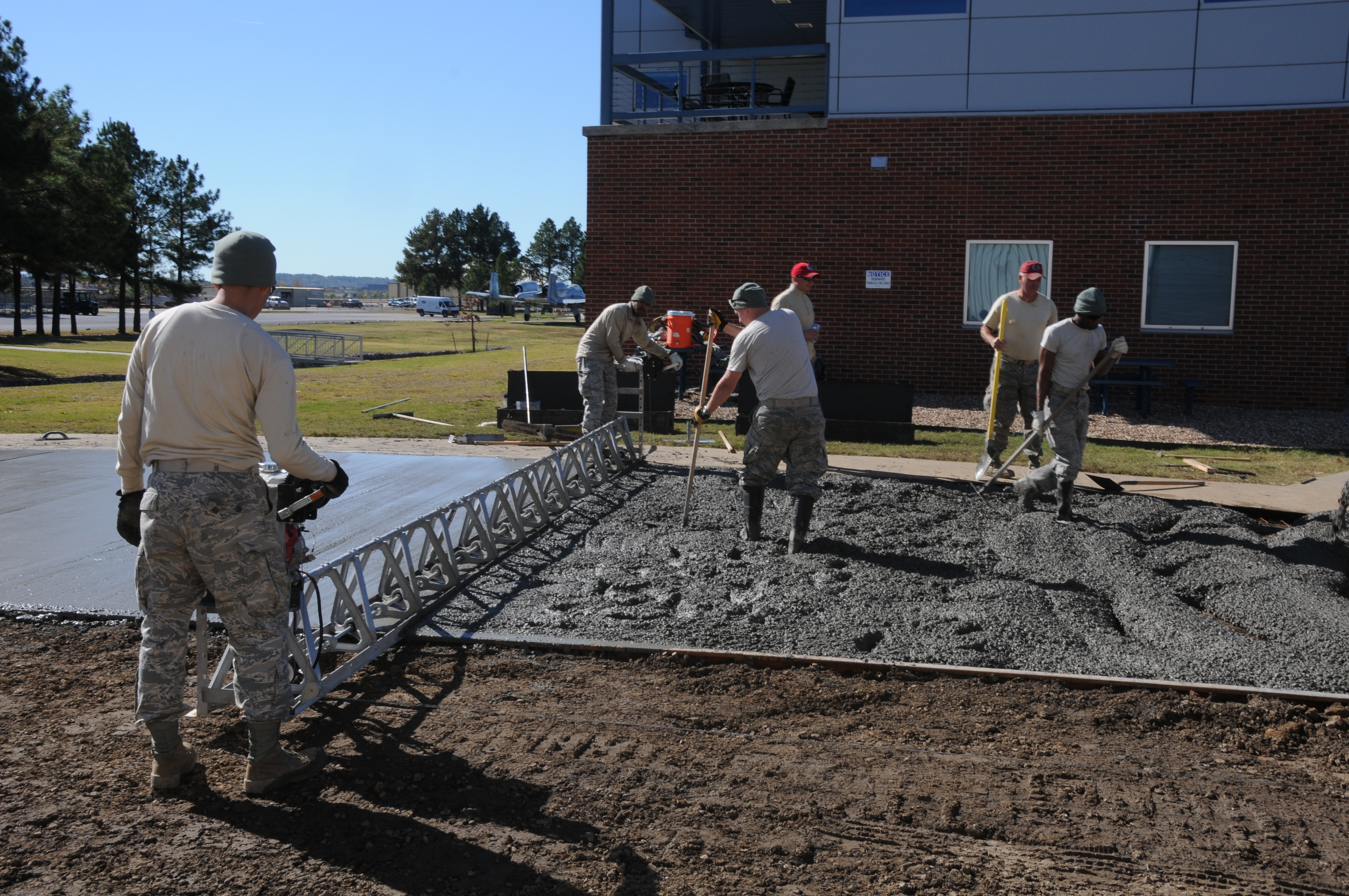Gravel driveways are not an uncommon sight. Many Muskoka homeowners prefer to use gravel as it is quite cost-effective and requires much less effort. Because it is quite customizable, homeowners can do a lot in terms of style and layout with gravel and love to experiment with looks they can create with their gravel driveways. Although looks and cost are an important aspect of why gravel driveways are preferred by several homeowners, gravel driveways that are installed correctly last a long time, making it an extremely profitable return. Having said that, certain issues are likely to arise with gravel driveways after a certain point of time due to prolonged use. However, gravel driveway repairs are not really cumbersome and can be easily accomplished in three important steps.
Here are the top three steps that can help you address the most common gravel driveway issues:
Step 1 – Recognizing signs of damage
Before you start the repairs, it is important to understand the signs of damage and when to make repairs. One good aspect of a gravel driveway is that it is hard to miss on obvious signs of damage. When it comes to gravel damage, water is the most notorious culprit. You will typically notice issues related to potholes and problems related to water. No matter how big or small the issue is, when it comes to gravel driveways, you should never ignore even the smallest problems. The sooner you detect the issues, the easier it is to repair.
Step 2 – Filling the potholes
As soon as you notice the first pothole, you may be tempted to simply scoop up some gravel and use it to fill up the pothole. Though this may provide temporary relief from the issue, it is hardly a long-term solution and can, in fact, be more damaging. One of the things that you can do is widen the area around the gravel pothole before you pour fresh gravel in it. This will help to create a firm base for the driveway, making it integrated and strong.
Step 3 – Corrective drainage system
If water is the main culprit to your gravel driveway issues, the first thing to do is to check the level of your gravel driveway and compare it with the surrounding area. Keep your gravel driveway level higher than the rest of its surroundings so that water flows off from it. You can also rake the centre of your driveway to reduce the chances of water accumulation. If you do any of these, make sure to have a system that directs the water away from your land in a drain or through a pipe.
If your residential or commercial gravel driveway is giving you issues, talk to our experts at Schlager Excavating. They will help you to detect the possible causes and implement reliable, sustainable and effective solutions.

